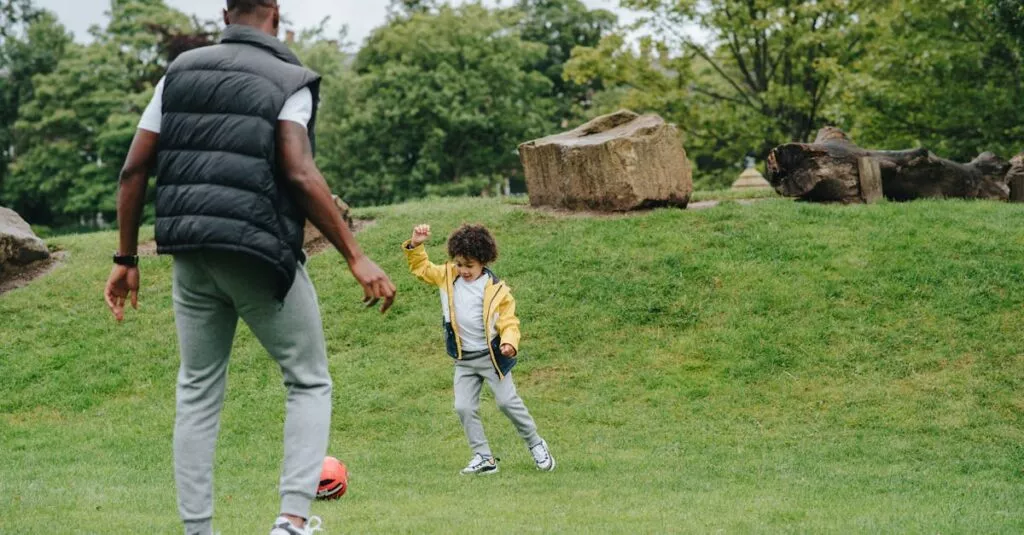The Magic of Personalized Learning
Ever wondered how AI can personalize learning for your preschooler? Imagine a tutor that adapts to your child’s needs! AI-based tools can adjust lessons to match your child’s pace, making learning fun and effective. For instance, platforms like ABCmouse use AI to tweak the difficulty of tasks, ensuring your kid is both challenged and engaged. This adaptation keeps frustration at bay, turning learning into a magical adventure. Plus, you can track progress in real-time, getting insights into your child’s strengths and areas needing a little more attention.

Experience the enchantment of personalized learning through AI!
Interactive Learning at Home
Who says learning has to be boring or confined to one place? With AI, learning can extend beyond the classroom right into your living room. Apps powered by AI such as Lingokids offer interactive games and activities that blend education with play. These tools engage kids with colorful visuals and playful characters, making homework feel less like a chore and more like playtime. Parents can join in, making it a family activity, which also builds stronger parent-child connections.

AI and Social Skills Development
Preschool years are crucial for developing social skills. How can AI help here? AI-based programs like Woebot offer interactive storytelling and role-playing scenarios that teach kids empathy, sharing, and other social skills. It’s like having a virtual friend guiding them through social interactions. These tools create scenarios where kids learn to identify emotions and react appropriately, making real-world socializing easier. But remember, it’s essential to balance screen time with real-life playdates and interactions.

By utilizing AI in social skills development, children can learn valuable lessons in a fun and engaging way. It’s important to integrate AI tools with traditional methods to ensure a well-rounded learning experience for kids.
Handling Screen Time Worries
Worried about too much screen time? You’re not alone. While AI-based learning offers myriad benefits, it’s natural to be concerned about digital exposure. Set clear boundaries for tech use, integrating frequent breaks and outdoor activities to maintain a healthy balance. Educators recommend an hour or two of screen time for young children, depending on the content. Choose quality apps and tools designed for short, impactful sessions. Remember, it’s about quality, not quantity!

Imposing restrictions and guiding children towards balanced screen time is essential in the current digital age. Finding the right balance is key to ensuring that technology remains a tool for learning and growth, rather than a source of potential harm.
Involving Parents in AI Learning
Parents play a critical role in reinforcing learning. How can you get involved? Start by exploring AI tools alongside your child. Make it a shared experience. Many AI-based platforms have parent portals that offer tips and ways to support your child’s learning journey. By being actively involved, you’re not only monitoring progress but also celebrating achievements together. Ask questions, discuss what they learned, and encourage curiosity. This involvement boosts motivation, making learning a collaborative and enjoyable journey.

Conclusion: Parental involvement in AI learning is crucial for a child’s development. Embrace this journey together and witness the growth and joy it brings.
Related Posts:
- Using ChatGPT as Teaching Assistant for Pre-schoolers
- AI in Personalizing Pre-school Education
- ChatGPT for Overcoming Learning Challenges
- AI in Early Education: Modern Learning Strategies
- AI in Pre-school Learning: Pros and Cons
